Queens, warriors, and visionaries: Celebrating Central Asia’s women
International Women’s Day on March 8 honors the resilience, wisdom, and achievements of women across the globe. Marking this occasion, Kazinform News Agency correspondent highlights the legacies of remarkable women from Central Asia, whose contributions to politics, culture, and science have left an indelible mark on history.
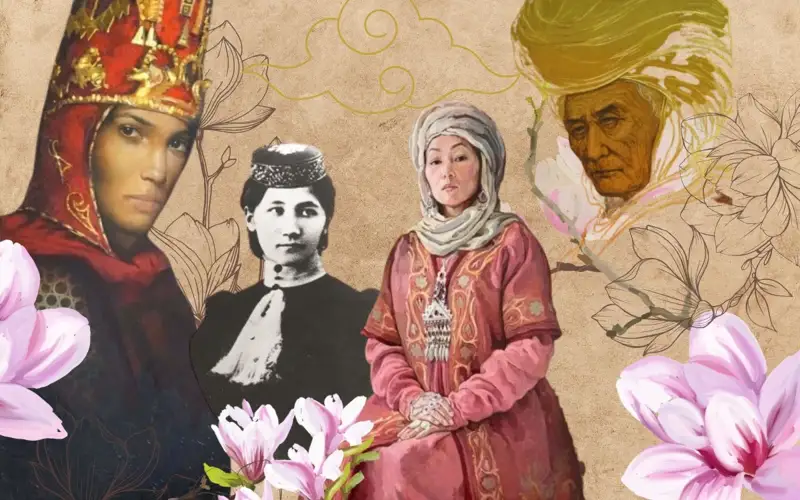
Politics and Statecraft
Queen Tomyris
Tomyris, the ruler of the Massagetae Saka people, lived in the 6th century BCE. She was described as a brave and wise leader in the writings of Herodotus. Tomyris became famous for defeating King Cyrusthe Great, leading her army, and protecting the independence of her people. Her victory in 530 BC became a symbol of determination and justice, and her image to this day embodies the strength and strategic thinking of a female ruler. The legend of her revenge for her son's death has inspired generations. Historians highly regard Tomyris' contribution to the development of statehood among the nomadic peoples of the Great Steppe.

Bopay Khanum
Bopay Khanum, the wife of Khan Abulkhair, played a significant role in the political life of the Kazakh Khanate in the 18th century. She was not only the ruler's wife but also actively engaged in governing, serving as his advisor. Bopay facilitated the establishment of diplomatic relations with the Russian Empire, corresponded with Empress Elizabeth, and participated in resolving complex foreign policy issues. Her activities helped strengthen the Kazakh Khanate’s position on the international stage. She possessed outstanding diplomatic talent, skillfully negotiated, and secured favorable conditions for her people.
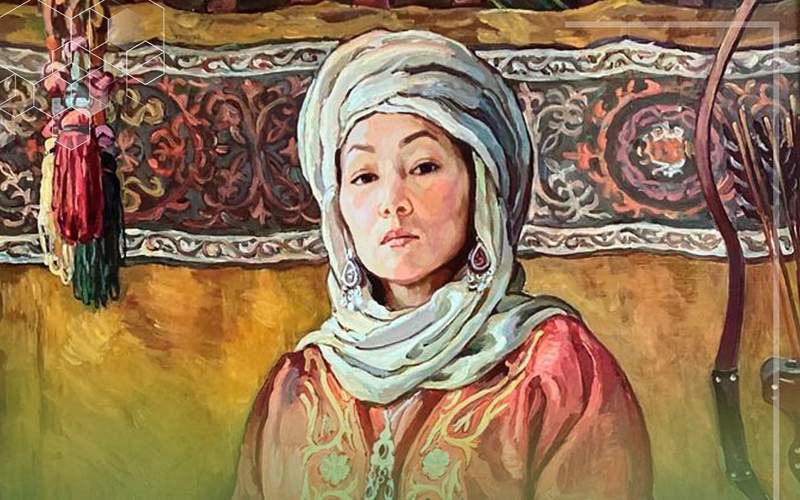
Kurmanjan Datka
Kurmanjan Datka, known as the "Queen of Alay," was a prominent stateswoman and military leader of the Kyrgyz people in the 19th century. She became the only woman officially recognized as a ruler among the Kyrgyz and was honored as the "Mother of the Nation." With exceptional leadership qualities, she managed to prevent inter-tribal conflicts and strengthen Kyrgyz unity. In difficult times, she made a tragic decision—the sacrifice of her son to save her people. Kurmanjan Datka facilitated the peaceful annexation of the Alay Kyrgyz, thus preventing bloodshed. Besides her political activities, she left a literary legacy, writing poetry under the pseudonym Zynat.
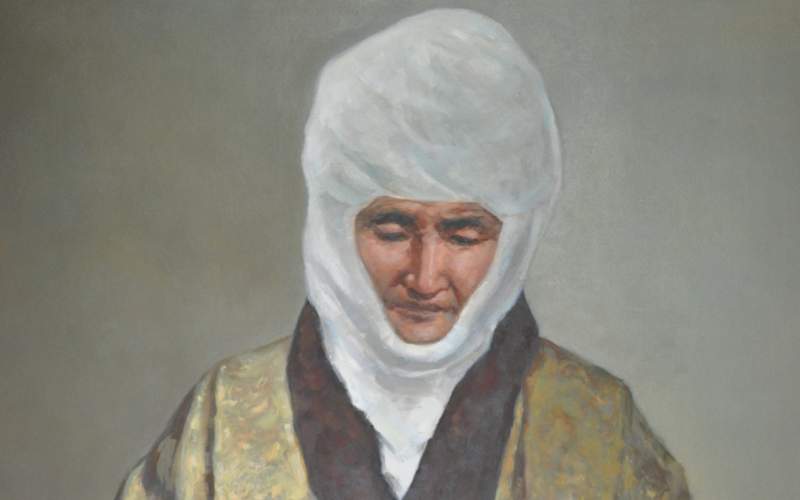
Khanum Fatima
Fatima, the wife of Zhangir, the last khan of the Kazakh Steppe, was distinguished not only by her noble lineage but also by her education. She was fluent in several languages, knowledgeable in European and Eastern culture, and well-versed in court etiquette. In 1826, she accompanied her husband to the coronation of Nicholas I and made a strong impression on the Russian court with her erudition and manners. Her diplomatic skills contributed to the development of international relations for the Kazakh Khanate. Fatima played a role in advancing education and culture among the Kazakh people.

Urkuya Salieva
Urkuya Salieva was one of the first Kyrgyz Komsomol members and the first female chairperson in the Kyrgyz ASSR. She actively participated in the movement for women's equality and the fight against illiteracy. Between 1928 and 1933, she contributed to the establishment of collective farming, carried out propaganda work, and assisted the village council. Urkuya was highly respected among the people, who called her the "woman-aksakal." She was a delegate to the Congress of Soviets and a member of the Central Executive Committee.
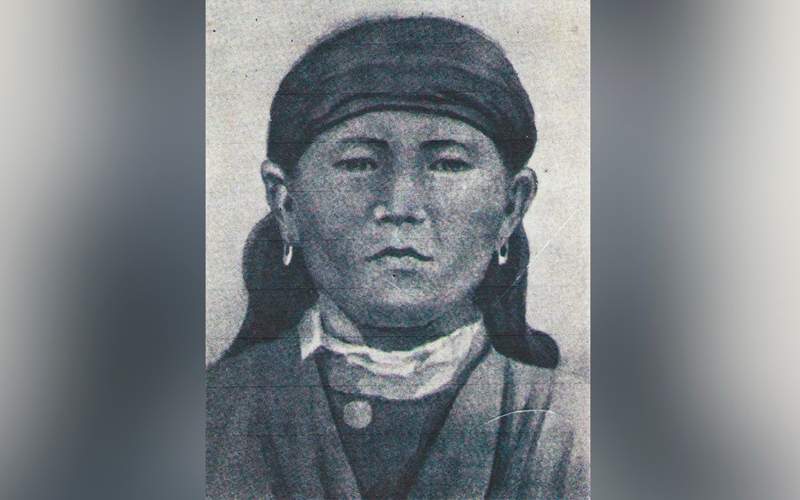
Arts and Culture
Baken Kydykeeva
Baken Kydykeeva was an outstanding Kyrgyz theater and film actress, a People's Artist of the USSR. Her artistic legacy includes over a hundred theatrical and film roles, including key productions of Kyrgyz theater. She played leading female roles in world and Russian dramatic works, introduced for the first time on the Kyrgyz stage. Kydykeeva contributed to the creation of iconic films such as The First Teacher, Mother’s Field, and White Mountains. Her talent was recognized at the all-Union level, earning her state awards and honorary distinctions. Her impact on Kyrgyz theater significantly influenced national art.

Tattibubu Tursunbaeva
Tattibubu Tursunbaeva was a distinguished Soviet theater and film actress, an Honored Artist of the Kyrgyz SSR. She played over 100 roles on stage, including Juliet in Romeo and Juliet, Bianca in The Taming of the Shrew, and Assel in My Little Poplar in a Red Headscarf. Her contributions to cinema were also significant, starring in films such as Salima’s Song, The Most Obedient, Ak-Moor, and others. Her talent was recognized at the all-Union level, and her work left a lasting impact on Kyrgyz art.

Bubusara Beishenalyeva
Bubusara Beishenalyeva was the first Kyrgyz ballerina, dancer, and teacher. Her work laid the foundation for national ballet in Kyrgyzstan. In 1947, she was awarded the title of Honored Artist of the Kyrgyz SSR, and in 1958, she became a People's Artist of the USSR. In 1970, she received the Toktogul State Prize. She toured cities of the USSR and abroad. Among her iconic roles were Maria and Zarema in The Fountain of Bakhchisarai, Odette-Odile in Swan Lake, Aurora in Sleeping Beauty, and many others. She was also involved in teaching and served as a deputy of the Supreme Soviet of the Kyrgyz SSR and the USSR.
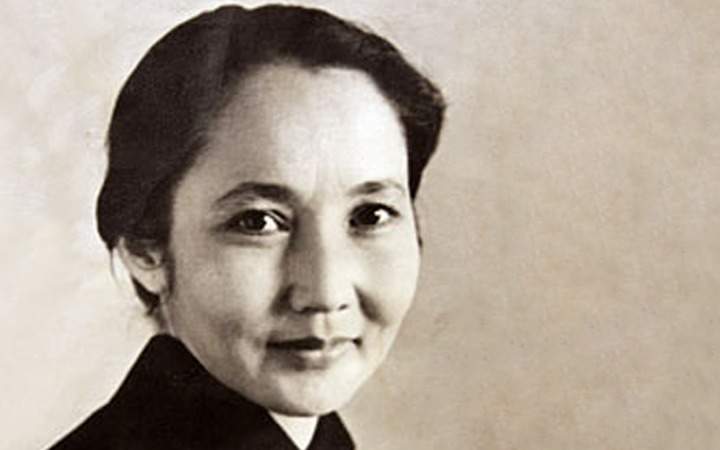
Malika Sabirova
Malika Sabirova was a legendary Tajik ballerina and the prima ballerina of the Tajik Academic Opera and Ballet Theater. She has toured Moscow many times with the Tajik Opera and Ballet Theatre, performed solo concerts, and participated in gala concerts of ballet stars. Malika has also performed on the stages of theaters in many countries, including Türkiye, Iran, Egypt, Czechoslovakia, Cuba, Norway, Bulgaria, Hungary, Australia, France, and Latin American countries.

Mahlaraim Nadira
Mahlaraim Nadira was a renowned Uzbek poet and a classic of Kokand literature. She was the daughter of the ruler of Andijan and the wife of Kokand ruler Umar Khan. Her works were inspired by the legacy of Alisher Navoi, and her poetry was published in Uzbek and Persian-Tajik languages. Nadira wrote under three pseudonyms—Nadira, Kamila, and Maknuna. Her poetry made a significant contribution to the development of Uzbek literature.

Dilbar Abdurakhmanova
Dilbar Abdurakhmanova was the first female conductor in Uzbekistan and Central Asia, a People's Artist of the USSR. She was a violinist and director of opera and ballet productions, including Swan Lake, The Nutcracker, and The Fountain of Bakhchisarai. Her achievements were recognized with the Uzbek SSR Hamza State Prize and multiple state honors.

Journalism, law, and social work
Sobira Kholdarova
Sobira Kholdarova was the first Uzbek female journalist to fall victim to political repression. She worked as an editor for the Yangi Yul newspaper and graduated from the State Institute of Journalism in Moscow. In 1937, she was repressed, but in 1956, she was rehabilitated. Years of imprisonment severely affected her health, yet her contribution to Uzbek journalism remains invaluable.
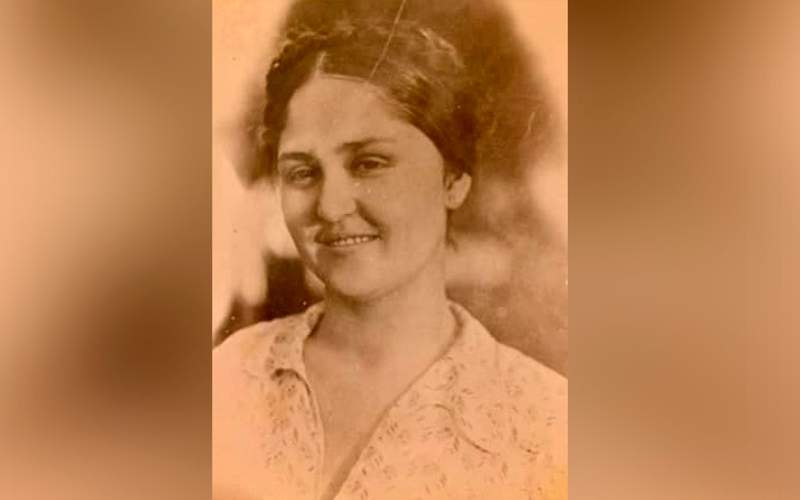
Khadicha Sulaimanova
Khadicha Sulaimanova was a doctor of law, professor, and academician of the Academy of Sciences of the Uzbek SSR. She authored the first Uzbek-language textbook on criminal law. As Minister of Justice and chairperson of the legal commission, she played a key role in developing new judicial laws and legal codes for the Uzbek SSR.

Toktogon Altybasarova
During World War II, Toktogon Altybasarova became a mother to 150 children evacuated from the Siege of Leningrad. At 16, she was appointed village council chairperson, and within a year, her village received evacuated children. Thanks to her care, they all survived. Her heroism became a symbol of humanity and self-sacrifice.
Science and Medicine
Zulfiya Umidova
Zulfiya Umidova was Uzbekistan’s first female cardiologist and a doctor of medical sciences. She authored over 80 scientific works, including three monographs on the physiology and pathology of the cardiovascular system in hot climates. She led the Uzbek therapeutic and cardiological scientific societies. She edited the "Cardiology" part of the Great Medical Encyclopedia (3rd edition), was on the editorial boards of "Cardiology" and "Therapeutic Archives," and the International Association of Therapists. Zulfiya also was a Supreme Council of Karakalpakstan delegate and a Tashkent City Council deputy (1961, 1965, 1967).

Saradjan Yusupova
Saradjan Yusupova was a Soviet geochemist and academician of the Tajik SSR Academy of Sciences. Her research focused on colloidal minerals and Tajikistan's mineral springs. She was a deputy of the republic’s Supreme Soviet and received numerous state awards.

Sofya Khakimova
Sofya Khakimova was a talented obstetrician-gynecologist, the first and only female doctor from Central Asia elected as a corresponding member of the USSR Academy of Medical Sciences. She founded the Tajik Institute of Obstetrics and Gynecology and made significant contributions to medicine, earning the Orders of Lenin and People's Friendship.

Earlier, Kazinform News Agency shared an exclusive interview about how Kazakhstani female scientists break stereotypes and barriers.
